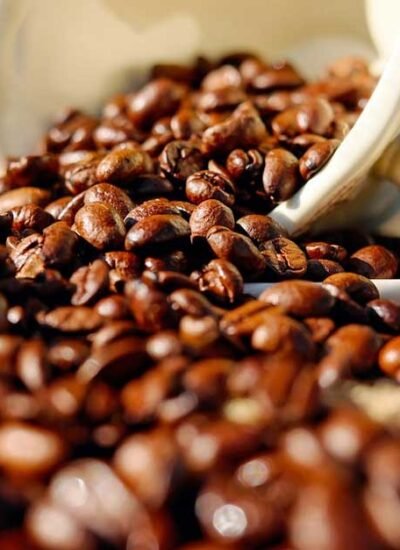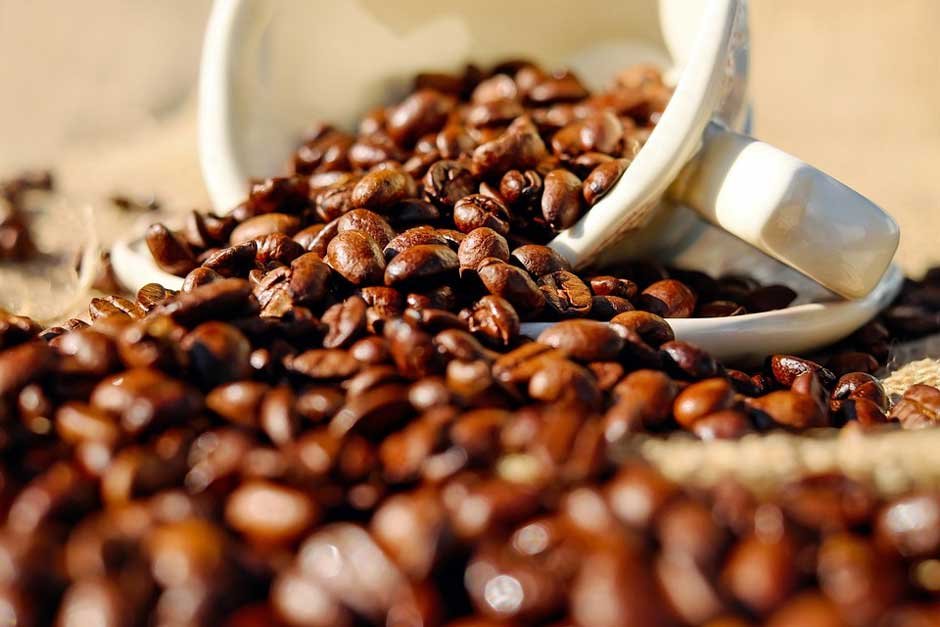Ethiopian coffee has long been celebrated as the birthplace of the bean, offering an unparalleled variety of flavors and aromas that continue to captivate coffee lovers around the world. Among these, Ethiopian Yirgacheffe Coffee stands out as a gem with its distinct characteristics and heritage. In this blog, we delve into the unique qualities of Ethiopian Yirgacheffe Coffee and compare it to other renowned Ethiopian coffees, exploring its origins, flavor profiles, growing regions, processing techniques, and cultural significance.
The Roots of Ethiopian Coffee
Ethiopia is often considered the cradle of coffee, where wild coffee trees still grow in their natural habitat. The country’s diverse microclimates and rich soils have given rise to a variety of coffee types, each with its own set of unique characteristics. Ethiopian Yirgacheffe Coffee, grown in the Yirgacheffe region, has gained international acclaim for its bright acidity, floral notes, and vibrant citrus flavors. However, Ethiopia’s coffee legacy isn’t limited to Yirgacheffe. Other regions like Sidamo, Harrar, and Limu offer coffees that bring their own regional signatures, from the wine-like richness of Harrar to the balanced body and complexity of Sidamo.
Distinctive Terroir: The Influence of Geography
Yirgacheffe Region
The Yirgacheffe region, located in the southern part of Ethiopia, is renowned for its high-altitude plantations and ideal climate conditions. The combination of altitude, rainfall, and fertile soils creates a perfect environment for growing high-quality coffee beans. Ethiopian Yirgacheffe Coffee is distinguished by its clean, crisp acidity and delicate floral aroma, which many aficionados appreciate for its bright, almost tea-like finish. The region’s unique terroir influences every aspect of the coffee, from bean density to flavor concentration.
Other Ethiopian Coffee Regions
In contrast, other regions such as Sidamo and Harrar each bring a different profile to the table. Sidamo coffees tend to have a fuller body and a more balanced acidity, often featuring fruity and spice notes that reflect the diverse microclimates of the area. Harrar, with its lowland climate, produces beans with a wild, wine-like quality that can be both robust and intriguing. These differences are a testament to how geography and environmental conditions shape the distinct identities of Ethiopia’s coffee-producing regions.
Processing Methods and Their Impact
Washed Process in Yirgacheffe
One of the defining characteristics of Ethiopian Yirgacheffe Coffee is its washed processing method. After harvesting, the beans are pulped, fermented, and thoroughly washed to remove the mucilage. This method accentuates the coffee’s inherent acidity and clean flavor profile by reducing any potential earthy or fermented notes that can sometimes overwhelm the palate. The washed process in Yirgacheffe is a significant factor in producing its signature clarity and brightness.
Natural and Other Processes
In contrast, many other Ethiopian coffees are processed using the natural, or dry, method. In this process, beans are dried inside the fruit, allowing the coffee to absorb more of the fruit’s sugars and flavors. This technique often results in a heavier body and a more complex, sometimes wild, flavor profile, particularly evident in coffees from regions like Harrar. While natural processing can yield unique and bold flavors, it may also introduce a degree of variability in taste that aficionados either love for its uniqueness or find less consistent than the washed process.
Flavor Profiles: A Sensory Comparison
Bright and Floral vs. Bold and Fruity
Ethiopian Yirgacheffe Coffee is celebrated for its bright acidity, delicate floral notes, and citrus undertones that lend a refreshing quality to every cup. This flavor profile is ideal for those who appreciate a clean, crisp coffee that offers a nuanced taste experience. The light to medium body of Yirgacheffe Coffee makes it perfect for pour-over and other manual brewing methods that highlight its aromatic complexity.
Other Ethiopian coffees, on the other hand, can vary significantly. Coffees processed naturally often exhibit a richer, more intense flavor profile. For example, Ethiopian Harrar coffee is known for its heavy body, with deep, wine-like, and sometimes even chocolatey undertones, making it a favorite for espresso enthusiasts who seek a bolder cup. Sidamo coffees strike a balance between these extremes, offering both the brightness found in Yirgacheffe and the richness seen in natural processed coffees.
Acidity and Body Considerations
The acidity in Ethiopian Yirgacheffe Coffee is a defining attribute, providing a lively, sparkling sensation on the palate that complements its light body. This characteristic is often contrasted with the fuller body and more subdued acidity of other Ethiopian coffees, which may appeal to those looking for a more robust, earthy flavor. The differences in acidity and body not only affect the taste but also the mouthfeel, making the choice between Yirgacheffe and other varieties a matter of personal preference and brewing method.
Cultural and Economic Significance
Heritage and Tradition in Yirgacheffe
Ethiopian Yirgacheffe Coffee carries a rich cultural heritage that is deeply rooted in tradition. The methods of cultivation and processing have been passed down through generations, preserving the unique qualities of the coffee. Local communities take great pride in their work, and coffee is not merely a commodity but a vital part of social and cultural life. For many in the Yirgacheffe region, coffee cultivation is intertwined with local identity, rituals, and community bonding.
Broader Impact on Ethiopia’s Coffee Economy
Beyond Yirgacheffe, the diverse range of coffees produced throughout Ethiopia plays a crucial role in the country’s economy. Coffee exports form a significant part of Ethiopia’s revenue, and the global demand for specialty coffees has opened up new opportunities for local farmers. By promoting the distinct qualities of each regional coffee, Ethiopia not only preserves its rich heritage but also supports sustainable agricultural practices that benefit local communities.
Brewing Techniques: Unlocking the Full Potential
Brewing Ethiopian Yirgacheffe Coffee
To truly appreciate the nuanced flavors of Ethiopian Yirgacheffe Coffee, careful brewing is essential. Manual brewing methods such as pour-over, Chemex, or Aeropress are recommended to highlight its delicate balance of acidity and aroma. These methods allow for precise control over water temperature and extraction time, ensuring that the unique floral and citrus notes are fully expressed in the cup.
Brewing Other Ethiopian Coffees
When it comes to other Ethiopian coffees, the brewing method may vary depending on the flavor profile. Coffees with a fuller body and more complex flavor may benefit from methods that extract the deeper notes, such as French press or espresso. Experimenting with different brewing techniques can reveal hidden layers in each variety, allowing enthusiasts to explore the full spectrum of Ethiopian coffee flavors.
Choosing the Right Coffee for You
Personal Taste Preferences
The choice between Ethiopian Yirgacheffe Coffee and other Ethiopian coffees ultimately depends on your personal taste preferences. If you enjoy a clean, crisp cup with bright acidity and floral nuances, then Ethiopian Yirgacheffe Coffee is likely the ideal choice. However, if you’re drawn to a richer, more robust flavor with layers of fruit and spice, exploring coffees from Harrar or Sidamo may be more satisfying.
Experimentation and Exploration
One of the joys of specialty coffee is the opportunity to explore and experiment. Sampling different Ethiopian coffees can be an enlightening experience, as you discover the subtle differences influenced by region, processing method, and terroir. Whether you’re a seasoned coffee connoisseur or just beginning your journey, understanding these differences can enhance your appreciation for the artistry behind every cup.
The Future of Ethiopian Coffee
Sustainability and Innovation
The global coffee industry is increasingly focusing on sustainability, and Ethiopian coffee producers are at the forefront of this movement. Many small-scale farmers and cooperatives are embracing innovative practices that not only improve the quality of the coffee but also ensure environmental and economic sustainability. By supporting sustainable farming practices, consumers can enjoy exceptional coffees like Ethiopian Yirgacheffe Coffee while contributing to the well-being of the communities that produce them.
Preserving Tradition in a Modern World
As the world evolves, so too do the practices surrounding coffee production. Yet, the commitment to quality and tradition remains a constant in regions like Yirgacheffe. The balance between innovation and tradition is critical in preserving the unique characteristics that make Ethiopian coffees stand out on the global stage. Continued investment in quality improvement, sustainable practices, and community development ensures that the legacy of Ethiopian coffee will endure for generations to come.
Final Thoughts
Ethiopian Yirgacheffe Coffee is much more than just a beverage—it is a story of rich heritage, unique geography, and meticulous craftsmanship. While it stands out with its clean, floral, and citrus profile, the broader spectrum of Ethiopian coffees offers an equally compelling array of flavors, from the intense, wine-like notes of Harrar to the balanced complexity of Sidamo. Understanding these differences not only deepens your appreciation of coffee but also connects you to the cultural and economic narratives that shape each cup.
As you continue to explore the world of coffee, consider the journey from the highlands of Ethiopia to your cup. Whether you opt for the crisp elegance of Ethiopian Yirgacheffe Coffee or venture into the diverse profiles of other Ethiopian varieties, every sip offers a glimpse into a tradition that has enchanted coffee lovers for centuries. Embrace the exploration, and let each cup be a celebration of Ethiopia’s remarkable coffee legacy.






Leave a Reply